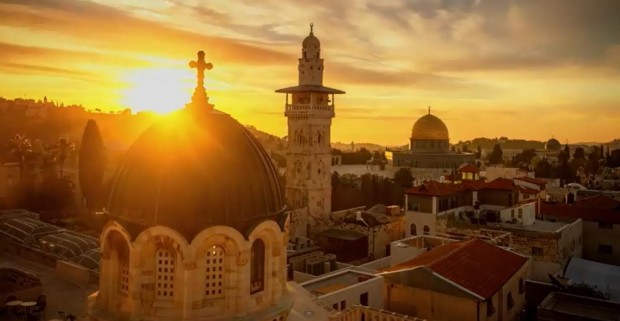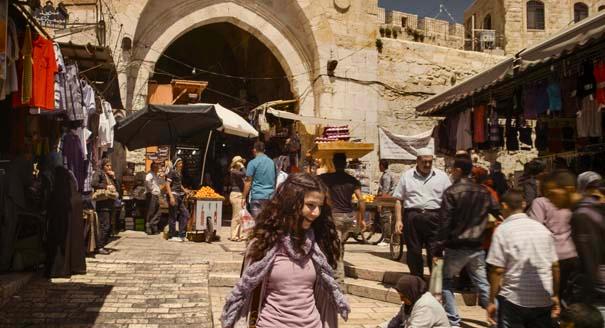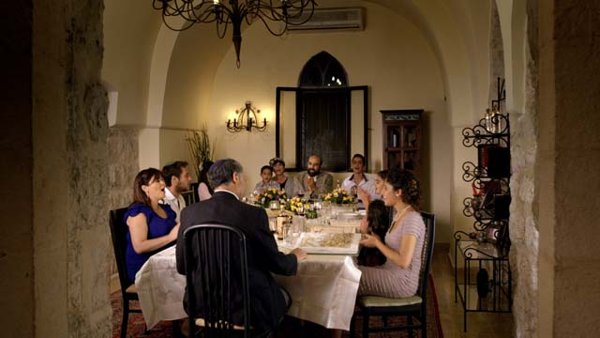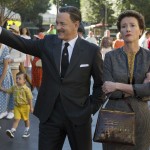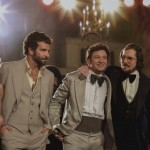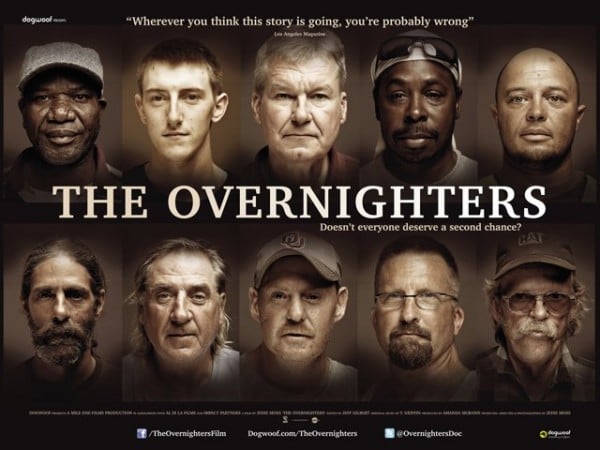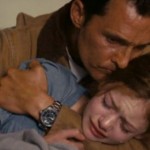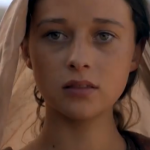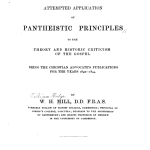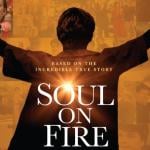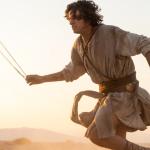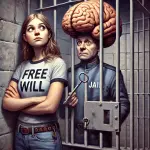“Jerusalem absolutely surprises you,” Director Daniel Ferguson says, leaning forward on the bench outside the theater where we discuss his new IMAX movie Jerusalem, now playing in some theaters across the country.
Equal measures earnest movie artist, theological philosopher, and evangelist for interfaith understanding, he enjoys discussing the nuance and complexity that he tries to portray in his 45 minute movie about the Holy City.
Filled with breathtaking aerials and lavish visuals, and narrated by current heartthrob Benedict Cumberbatch, the story follows three young women who call Jerusalem home, one each Jewish, Muslim and Christian. They tell the stories of their people, celebrate their holy days, and walk the same streets, astonishingly ignorant of the traditions of their neighbors.
In fact, each girl took Ferguson to sacred or special places, telling him the significance to herself and her people. He was shocked to find they often took him to the exact same places, but with completely different narratives. And when he asked if they knew the story of the locale from a different faith, they knew nothing about it.
The young women – each beautiful, curious, proud of tradition but open to learning, and so very similar in many ways – create a metaphor for beginning to understand the city, region, and world.
“That girls with such similar intersts and such similar backgrounds and such similar culture would be so close and not have an opportunity to meet. So close and yet worlds apart,” Ferguson marvels.
That snapshot is life in the world’s holiest and most divided city.
“Jerusalem absolutely surprises you, whatever expectations you thought. Often times people think it’s a Jewish place or a Christian place or a Muslim place and don’t realize the rich traditions of each. And then they don’t realize that there are so many groups within them. That’s the shocking thing.
Christians in particular are often offput by the old city. It’s so Eastern, it’s so foreign. And yet that’s what Jerusalem does, it kind of forces you to go, ‘Gosh. They too, but from their Eastern perspective’. If you come from the East, if you come from the West, Jerusalem is entirely different.”
This difference is richly apparent in the film, which manages to give a small portrait of faith and family, from the dancing and laughter of late night fast-breaking during Ramadan, to the touristy and yet traditional Easter procession winding through ancient streets, to bat mitzvahs at the Wailing Wall.
With no megachurch or guitar-playing worship leader in sight, American audiences are plunged into a world of robes, incense, candles, and chanting.
And that’s a good thing.
“Jerusalem is a place that takes you with all your assumptions and makes you realize what your perspective is on the world,” says Ferguson, a Montreal resident himself, “And might convince you to open your eyes to very different perspectives – you don’t have to embrace them. You come back completely changed because you see people worshipping in all these iconic locations that you’ve had in your imagination growing upi. Jordan River. Dead Sea. These are etched in our consciousness.
And frankly, for western audience, religious or not, this tiny city has shaped our civilization. Our poetry, our paintings, our literature, our music, our …ideas, how we discuss or dialog, the newspaper everyday. We have this Jerusalem literacy and yet illiteracy about Jerusalem, because we think about it in political terms and very black and white terms.”
For the Western world, Ferguson loves that people of faith are stretched by Jerusalem, but he hopes the film reaches and challenges another group as well: Secularists.
“I would love to see a local audience of all faiths embrace this film. And also people who are not necessarily religious who are sort of offput by this, to come and have their assumptions and associations about people of faith challenged. Talk about two solitudes, the secular and religious world. There are so many assumptions about someone who’s religious.”
Jerusalem is a National Geographic production. It is playing at the National History Museum in Washington DC and other theaters in the country.

